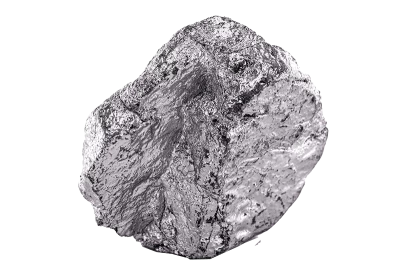Kobalt
We trade with metal scrap of the following alloys:
- Stellite HS 1 ,
- Stellite HS 3 usw. HS 6 , HS 8 ( F75 ) , HS 12 , HS 19 , HS 21 , HS 25 ( L605 ) , HS 31 (X40) , X45 , HS 188.
- FSX-414
- MP35N
- Umco 50
- Umco 51
- MAR-M 302
- MAR-M 509
- WI-52 ( PWA 653 )
- Permendur
- Permendur 2V
- Hyperco
- Vicalloy
Cobalt (chemical technical language; Latin cobaltum, standard linguistic cobalt; named cobalt Rex by the first descriptor after the cobalt ore as starting material) is a chemical element with the element symbol Co and the atomic number 27. Cobalt is a ferromagnetic transition metal from the 9th group or cobalt group of the periodic table. In the older counting it belongs to the 8th subgroup or iron-platinum group.

Cobalt alloys
Cobalt-chromium alloys are non-precious metal alloys, which are composed of about 50-70% cobalt (element symbol Co, atomic number 27) and 20-30% chromium (element symbol Cr, atomic number 24). In addition, molybdenum, tungsten, niobium, manganese or silicon is often used in CoCr alloys. Cobalt-chromium alloys have been used in dentistry for over 80 years.
CoCr alloys are extremely resistant to corrosion and have lower thermal conductivity and about twice the elasticity of precious metal alloys. They are biologically very well tolerated and give no indication of local or systematic toxicity in biocompatibility tests. Due to their widespread sensitivity to nickel, cobalt-chrome alloys have prevailed over nickel-chrome alloys. Therefore, freedom from nickel is a sign of good quality in CoCr alloys. The high strength, which at the same time permits filigree design, makes CoCr alloys a high-quality, attractively priced and versatile material that is ideally suited to the laser melting process.
CoCr alloys are used in a wide range of applications, particularly in dental technology - in crowns, bridges, inlays, onlays, overlays, frameworks for metal-ceramic veneers or model castings. The strength of CoCr alloys enables the production of complicated and filigree structures, e.g. in interdental spaces or thinly tapered cervical margins. CoCr alloys also provide prostheses for other medical fields, which are corrosion-resistant, biocompatible and light, e.g. for artificial joints in orthopaedic surgery. For parts that have to meet stringent thermal or mechanical requirements, CoCr alloys also offer many industrial applications, whether for chemical tanks or gas turbine blades.
In the Wikipedia is a List of authors available..
In the Wikipedia is a List of authors available..
